Axlor is an important archaeological site in northern Spain, located in the Basque Country. It provides valuable insight into Paleolithic human activity in the region. The site dates to the Middle and Upper Paleolithic periods, roughly between 100,000 and 30,000 years ago. Axlor has been extensively studied due to its well-preserved stratigraphy and the abundance of stone tools and animal remains found there.
Get your dose of History via Email
Discovery and Excavation
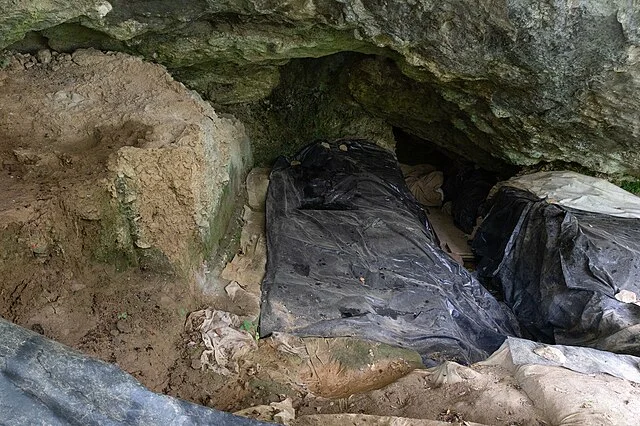
Axlor was discovered in the 1930s, but serious excavations began in the 1960s under José Miguel de Barandiarán, a leading Basque archaeologist. His work uncovered numerous artifacts, including stone tools made from flint and quartzite. These tools are characteristic of the Mousterian culture, which is associated with Neanderthals. Excavations continued in subsequent decades, revealing more layers of occupation and providing a detailed understanding of the site’s history.
Mousterian Culture and Neanderthal Occupation
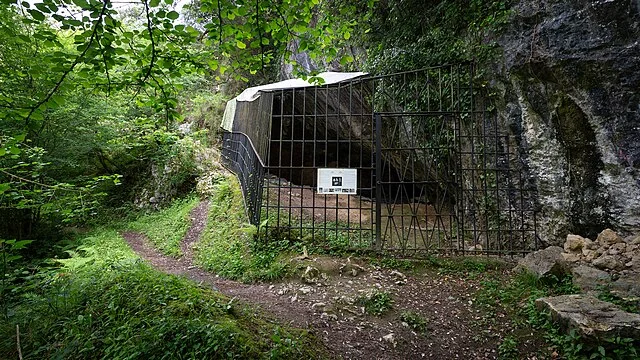
Axlor is particularly significant for its evidence of Neanderthal occupation. The tools found at the site, especially the Levallois points, scrapers, and flakes, are typical of the Mousterian tool industry. These tools suggest that Neanderthals in the region were skilled at hunting and tool-making. The presence of large quantities of animal bones, including those of deer, horse, and bison, indicates that hunting was a central activity. The remains also suggest that Neanderthals processed animal hides and possibly used fire for cooking.
Climate and Environment
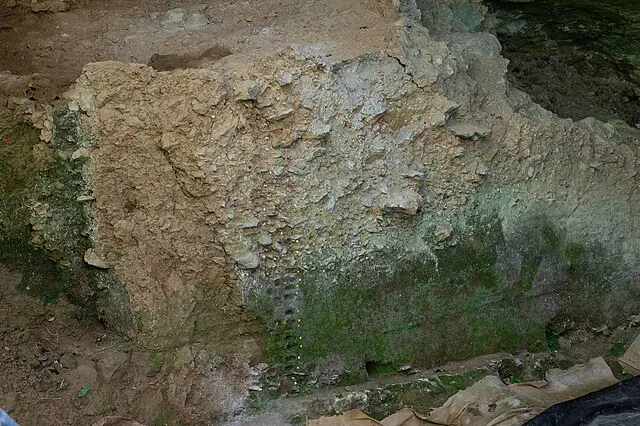
The layers of deposits at Axlor provide information about the climate during the periods of occupation. The alternating layers of sediment, ash, and organic material reveal shifts in climate between colder and warmer periods. These shifts likely influenced the movement and behavior of the Neanderthals and other Paleolithic humans who lived there. During colder periods, the environment around Axlor would have been a steppe or tundra, while warmer periods brought more forested conditions.
Upper Paleolithic and Homo Sapiens
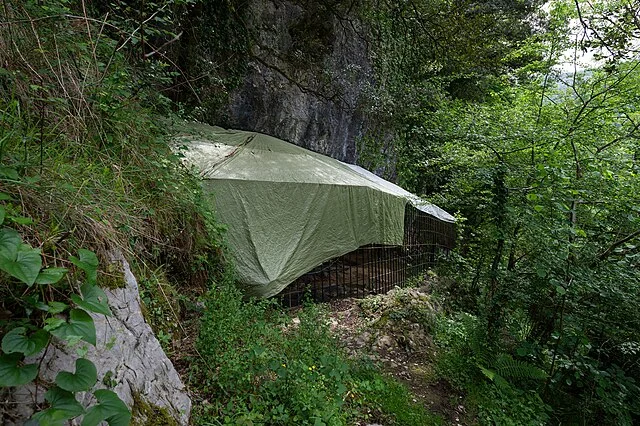
In later layers of the site, evidence of Upper Paleolithic tools appears, indicating the arrival of modern humans (Homo sapiens). These tools belong to the Chatelperronian and Aurignacian industries, which are associated with the early stages of Homo sapiens’ presence in Europe. The shift from Mousterian to Upper Paleolithic tools at Axlor marks the transition from Neanderthal to modern human occupation in the region.
Importance of Axlor
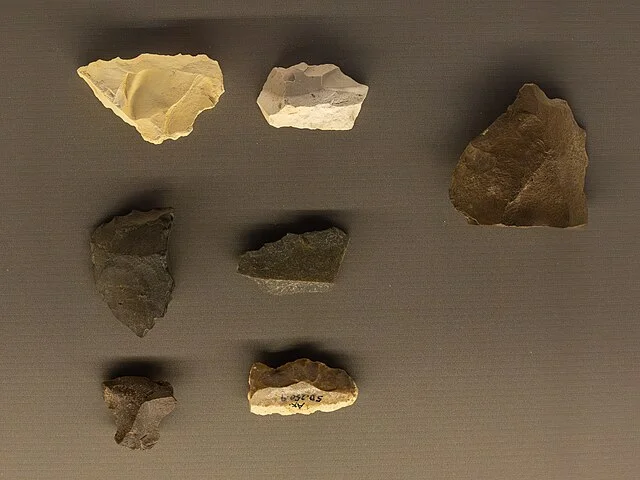
Axlor is one of the most important sites in the Iberian Peninsula for studying Neanderthal behavior and the transition to modern humans. The site’s stratigraphy, rich in artifacts and animal remains, offers a detailed look at how Paleolithic people adapted to changing environments and developed new technologies. It has contributed significantly to our understanding of the Neanderthal way of life and their eventual replacement by Homo sapiens.
Archaeological research at Axlor continues to shed light on this crucial period of human history.
Source:

